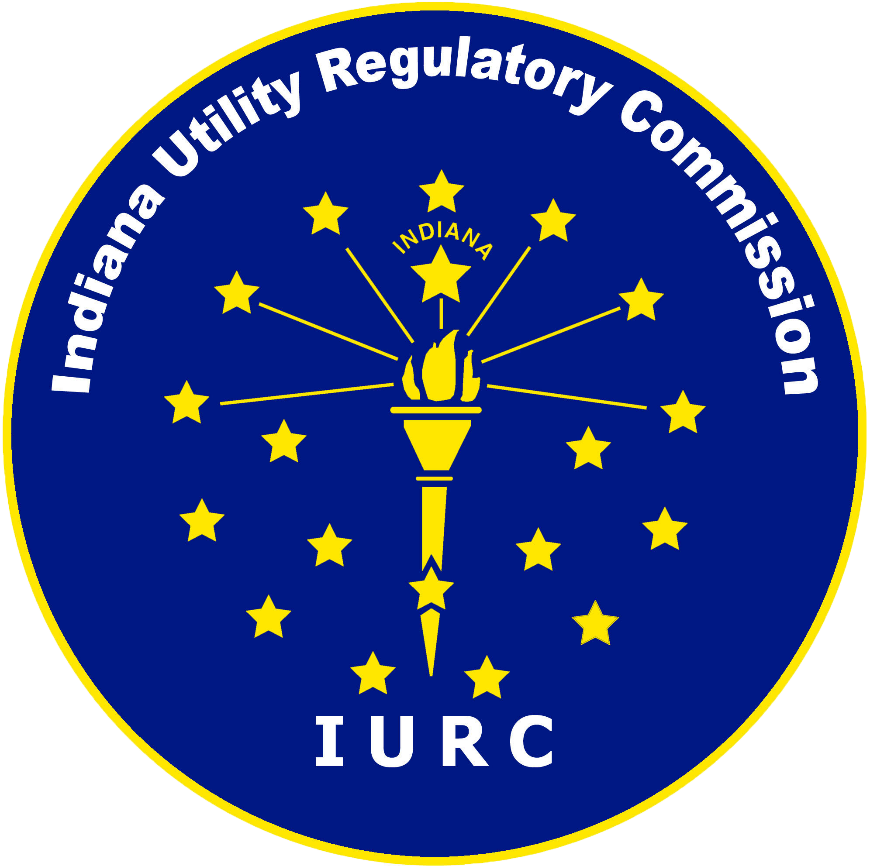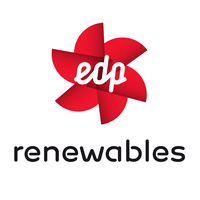
Vectren’s Proposed Solar Farm Build Moves Forward
Vectren’s proposal to build a solar farm in eastern Spencer County is moving forward.
Vectren announced that it has reached an agreement with the Indiana Office of Utility Consumer Counselor and Citizens Action Coalition to build the solar array.
The agreement was filed October 10th with the Indiana Utility Regulatory Commission (IURC).
The proposed solar farm would be located near Troy, Indiana on approximately 300-acres. The farm will consist of about 150,000 solar panels.
Construction won’t begin until the IURC authorizes the project.
Vectren says it expects a decision from the agency in the first half of 2019.
Press Release from OUCC:
For Immediate Release October 11, 2018
News Media Contact:
Anthony Swinger, (317) 233-2747 or
aswinger@oucc.IN.gov
Settlement agreement reached on Vectren solar facility The Indiana Office of Utility Consumer Counselor (OUCC), Citizens Action Coalition of Indiana, and Vectren Energy Delivery of Indiana have reached a settlement agreement on the utility’s proposal to build and operate a 50- megawatt solar generation facility in Spencer County.
The agreement was filed this week with the Indiana Utility Regulatory Commission (IURC), which may approve, modify, or deny any settlement before it.
Under the agreement’s terms, Vectren would build the facility and recover project costs at a lower rate than it originally proposed. Specifically, the agreement would set the rate at a levelized cost of $0.05452 per kilowatt hour (kWh), which is much closer to current market prices for solar power than the rate in Vectren’s original proposal.
The agreement would also offer protection from potential increases in construction, operating, and maintenance costs, capping the capital costs Vectren can recover through future rates. In addition, Vectren would seek the OUCC’s agreement before selling any renewable energy credits on the wholesale market, and would then pass the benefits through to customers through rate credits.
“This agreement properly addresses concerns the OUCC previously raised about the facility’s costs and operations under Vectren’s original plan,” said Indiana Utility Consumer Counselor Bill Fine. “We are confident that the settlement’s terms will allow the solar project to proceed in a way that includes appropriate consumer protections and long-term benefits.”
An IURC settlement hearing will be held on a date to be determined in Indianapolis.
To learn more, please see the following documents filed yesterday with the Indiana Utility Regulatory Commission (IURC):
45086 Vectren South - Stipulation 10-10-18-c This is the Stipulation and Settlement Agreement among Vectren, the Office of Utility Consumer Counselor (OUCC) and Citizens Action Coalition (CAC).
Here is the testimony filed by Vectren to support the Stipulation and Settlement Agreement.
| Exhibit No. | Witness Name | Topic |
|
11 |
J. Cas Swiz |
Describes and supports the ratemaking approach agreed upon in the Settlement Agreement and other substantive terms. |
|
12 |
Thomas L. Bailey |
Discusses and supports the terms of the Settlement Agreement relating to the use of Renewable Energy Credits and customer specific contracts with large customers. |
45086 South Vectren - Notice of Swiz Testimony 10-10-18-c
45086 Vectren South - Notice of Testimony of Thomas Bailey 10-10-18-c
Here is the testimony of the OUCC supporting the Settlement:
45806-OUCC Settlement-Testimony-Armstrong
Here are the next steps in Cause No. 45086:
- 10/10/18--Settling Parties file settlement testimony (and settlement)
- 10/25/18--testimony opposing the settlement (by non-settling parties)
- 11/1/18--rebuttal
- 11/19/18 at 9:30 am in Room 222--proposed hearing
- Discovery--5 business day turnaround
- 11/28/18--Proposed Order by Settling Parties
- 12/19/18--Exceptions to Proposed Order
- 12/27/18--Reply by Settling Parties






